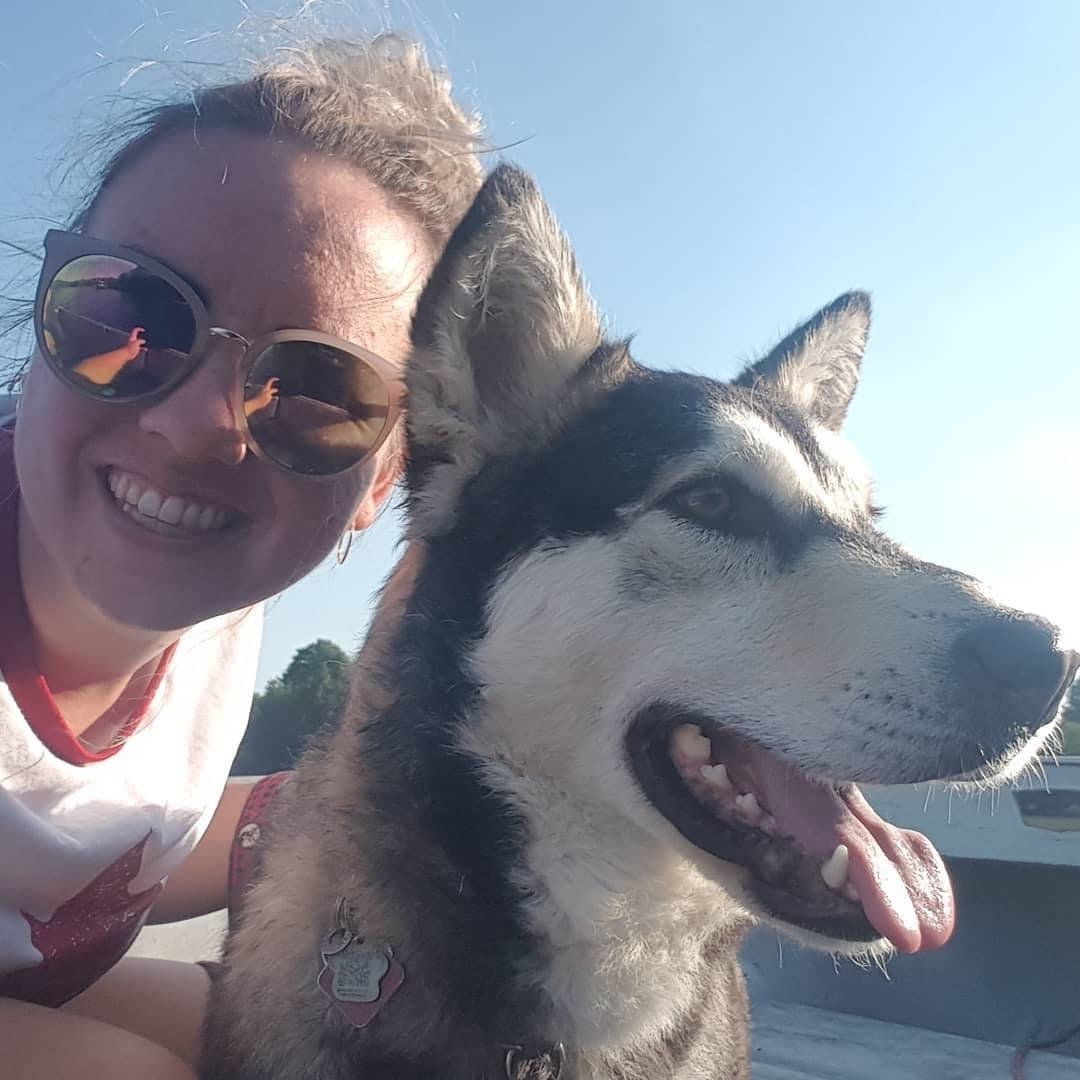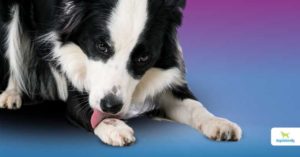Hypoglycemia in dogs is no joke. In extreme cases, it can cause serious problems like seizures or loss of consciousness.
This post will break down the major causes of hypoglycemia, as well as the most common symptoms.
But first, let’s take a look at what hypoglycemia in dogs is.
What Is Hypoglycemia In Dogs?
Hypoglycemia in dogs is a condition that can develop when their blood sugar levels drop to a low level. So, hypoglycemia is sometimes just called “low blood sugar.”
When there’s a low level of “sugar” or circulating glucose in the bloodstream, certain symptoms and complications can develop. Before we review these signs and symptoms, it’s important to understand what causes hypoglycemia in the first place.
Causes Of Hypoglycemia In Dogs
Hypoglycemia in dogs can happen when a dog’s body consumes glucose excessively, fails to produce enough glucose, or is exposed to excess insulin.
Excess Insulin
Certain tumors and cancers can produce excess insulin. Insulinomas, or tumors in the pancreas, produce more insulin than a dog’s body can use, resulting in hypoglycemia.
Xylitol toxicity can also cause excess insulin in dogs. The substitute sweetener xylitol is extremely toxic to dogs and even small amounts can cause hypoglycemia.
Liver Disease, Failure, Or Injury
Since the liver both produces and stores glucose, liver disease or injury can cause hypoglycemia. Liver disease can be caused by infections, or drug-induced. Xylitol can also cause life-threatening liver problems in dogs.
Research shows that dogs who have more than 0.1 g/kg of xylitol are at risk for developing hypoglycemia, while dogs who have more than 0.5 g/kg can develop acute liver failure.
Addison’s Disease
Hypoglycemia in dogs can also be a symptom of Addison’s disease. Hypoglycemia is present in about 25% of Addisonian patients. This is because Addison’s interferes with glucose production. A dog with Addison’s Disease will usually exhibit other symptoms, such as vomiting, diarrhea, lethargy, and loss of appetite.
Infection
Infections can cause hypoglycemia. The body can sometimes react to infection by damaging its own tissues, a process known as sepsis. During this process, hypoglycemia can manifest as a symptom.
Any severe bacterial infection can cause hypoglycemia from sepsis, but the infections that most often lead to sepsis start in the lung, urinary tract, skin, or gastrointestinal tract. Other sepsis symptoms in dogs include dehydration, drooling, vomiting, and elevated heart rate.
Diabetes
In dogs with diabetes, hypoglycemia can result from accidentally giving too much insulin. It can also occur if your diabetic dog is not eating well, misses a meal, vomits after eating, or changes his diet. Hypoglycemia is very dangerous in dogs with diabetes, as it can result in loss of consciousness or even death.
Signs Of Hypoglycemia In Dogs
You now know a few of the common causes of hypoglycemia in dogs. But how can you tell if your dog has hypoglycemia? Luckily there are some very specific hypoglycemia symptoms in dogs.
Lethargy
Since blood sugar is the body’s main source of energy, it shouldn’t be surprising that one of the most common symptoms of hypoglycemia is lethargy. If your dog is sleeping excessively and disinterested in exercise, it’s possible he has hypoglycemia.
Loss Of Appetite
Dogs with hypoglycemia may become uninterested in eating. This loss of appetite can take many forms. Pay attention to see if your dog loses interest in his favorite foods, or if he stops eating completely.
Twitching
Some dogs twitch when they’re dreaming, or if they’re anxious. But twitching can also be a symptom of hypoglycemia in dogs. If your dog is twitching while awake and doesn’t have a reason to be anxious or nervous, it’s possible this is a symptom of hypoglycemia.
Lack Of Coordination
Lack of coordination can also be caused by hypoglycemia, and may take the form of stumbling, inability to walk or stand, or loss of balance.
Trembling
Trembling is similar to twitching, but is a more constant movement. Pain, cold, or anxiety can all cause trembling in dogs, but if there’s no reason for your dog to be experiencing any of those things, it’s possible that he’s trembling from hypoglycemia.
Vision Loss
Severe hypoglycemia can result in vision loss, ranging from blurred or reduced vision to blindness. Dogs with vision loss will run into things, have slower reaction time, and may be stressed or anxious.
Seizures
In very serious cases of hypoglycemia, dogs may experience serious neurological problems like seizures or convulsions. If your dog has a seizure, you should take him to the vet immediately after the seizure passes, or if the seizure doesn’t pass within 3 to 5 minutes.
Loss Of Consciousness
Loss of consciousness can result from severe hypoglycemia. You may be able to revive your dog by rubbing sugary liquid on his gums. If not, call the vet immediately. Your vet can walk you through how to revive your dog and get him to the office as soon as possible.
How To Prevent Hypoglycemia In Dogs
There are a few strategies you can use to prevent hypoglycemia in dogs:
- Feed your dog high-quality foods and a nutritious diet
- Ensure your dog maintains a healthy weight with quality diet and exercise
- Feed according to a scheduled routine, so you can more quickly notice if your dog stops eating or is less interested in food
- Be mindful of your dog’s nutrition and ensure a good balance of fats and protein according to his specific needs
Food For Hypoglycemia In Dogs
For dogs with diabetes or some of the other conditions above, simply not eating enough or skipping a meal can be enough to bring on hypoglycemia. That’s why it’s critical not just to feed your dog high-quality foods, but to also make sure he’s eating enough.
So whatever you feed your dog … make sure you opt for quality and that he’s getting plenty to eat. Avoid heavily processed foods with unnecessary or unhealthy ingredients.
Hypoglycemic dogs should still be able to maintain a healthy weight and have plenty of energy if you stick to the tips above.













